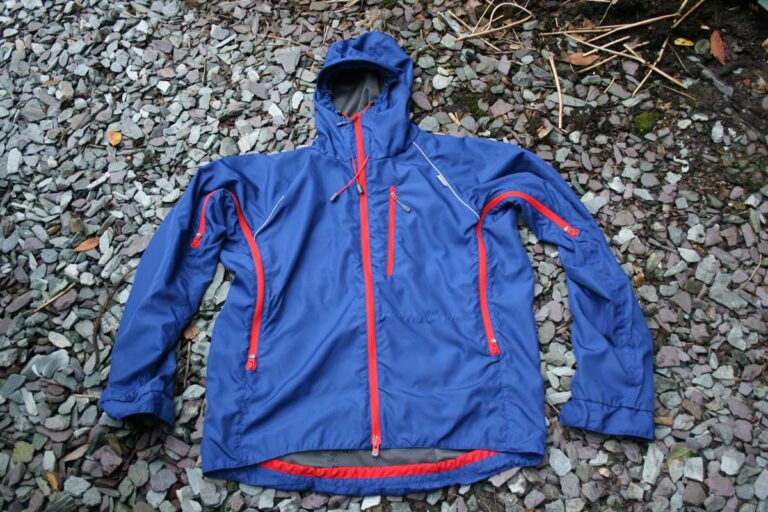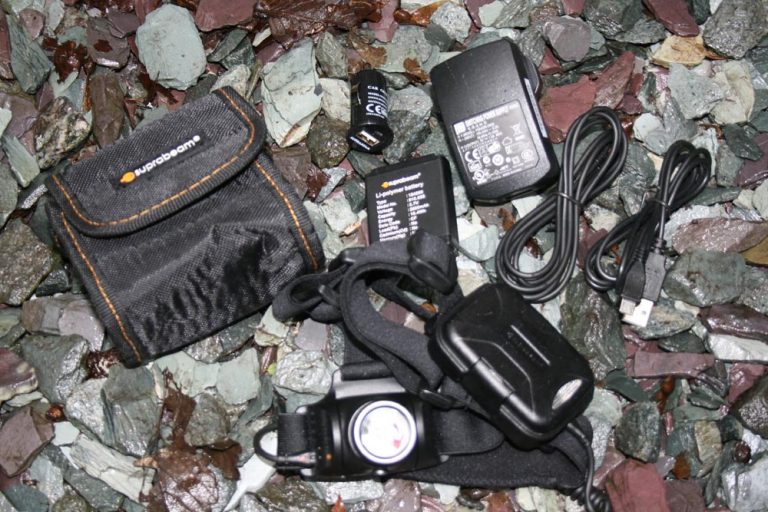Pile-Pertex garments are like some sort of highly effective, primitive life form – they’re not slick, or sleek, or technically massively advanced, but in the right conditions they have a sort of cockroach-style effectiveness that makes them oddly brilliant and Montane’s latest Extreme Jacket is no exception.
One of the old stagers of Montane’s clothing line-up, the jacket’s been updated for winter 2012 with, says Montane, an improved fit, styling and trim details.
Tech Dump
Pile-Pertex is arguably the original non-wayerproof, but wear all day, single-layer soft shell system. The exterior Pertex shell is completely windproof and decently water resistant, while a deep pile lining adds effective insulation.
The other big plus of pile is that it dries incredibly quickly, because it barely holds water. Get pile wet and you can literally watch the water running out of it – or maybe away from it. It’s not so much that you drive wetness outwards, more that it just falls off, so if water does get through the Pertex outer, it really doesn’t hang around for long.
Performance
The Extreme Jacket is a reassuring, polar bear of a thing. It’s big, it’s bulky and it’s heavy at 1050g for our test medium, so mostly once you’ve put it on, it’s staying on. And because it’s incredibly warm, for most people it’s overkill at any temperature above freezing or so.
Where it thrives is on days when the wind comes howling in over the tops driving snow into your face and spindrift down your neck and suddenly the Extreme is a sort of portable oasis of reassuring warmth.
Hunker down behind the main zip with its back-up, Velcro-fastened storm-flap, snuggle into the fully-lined hood with its easy-to-slam shut Velcro-secured chinguard and you feel oddly invincible and protected.
Traditionally with pile-Pertex, that protection’s come at the price of mobility, but while the Extreme’s certainly not some sleekly-tailored torso-hugging stretch soft shell, the tweaks to the cut and the articulated sleeves in particular means that ease of movement – reaching up or out in particular – feels fine.
You still know you’re wearing a bulky garment, but it’s a non-restrictive bulky garment, if that makes any sense.
It is warm. Properly warm. Mad warm you might say. Most people will find it too much for active use until things get well sub-zero. The saving grace when you are moving, are the main-zip and two venting pockets, which open into a pile-free chest band and make a noticeable difference, particularly in strong winds.
Opening up the main zip helps too. Our top tip is to team the Extreme with a Brynje of Norway mesh base layer which, like a string vest, gives super effective cooling when exposed.
If you do sweat out, the pile liner dries super fast anyway, but of course it’s uncomfortable and you’re losing fluid and electrolytes too, never a good call on a hard mountain day.
We found the helmet-compatible, wired-peak hood generally good too. With a tall-ish helmet on, there’s still coverage for the lower face and cinching the adjusters down gives a similarly secure fit on a helmetless head and lots of insulation. The toggles are a little fiddly with big mountain gloves when it comes to releasing the cords, but you do get used to it.
Some nice touches elsewhere: the hem has a non-pile area at the bottom for neatness of fit and, we’re guessing, reduced bulk under a harness and there are hidden waist-cord adjusters housed out of the way in the venting hand pockets.
The cuff area has been slimmed down too with quite a narrow opening, which means you can only fit gauntlets over the top of the cuff rather than underneath. Not generally an issue at low temperatures when snow rather than rain is the issue, but worth being aware of it you habitually wear cuffs over gloves.
Pros
Very warm, highly weatherproof, fast drying, relatively unrestrictive, useful venting options, cavernous hood, reasonably priced.
Cons
Too warm in non-extreme conditions, relatively heavy, relatively bulky and a pain to carry as a result – once it’s on, it’s staying on.



